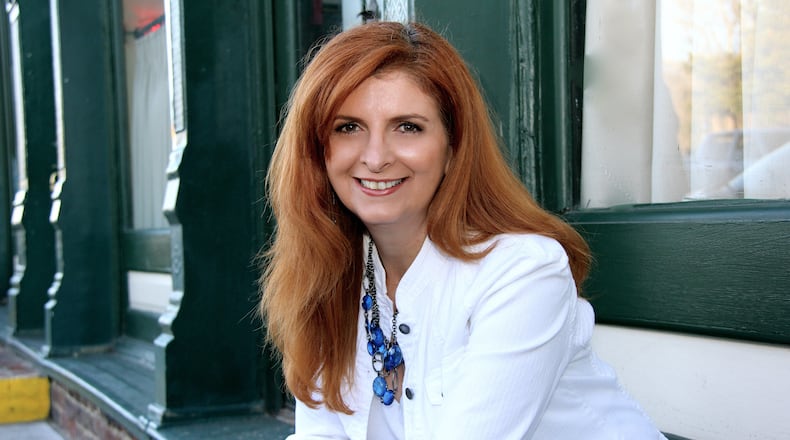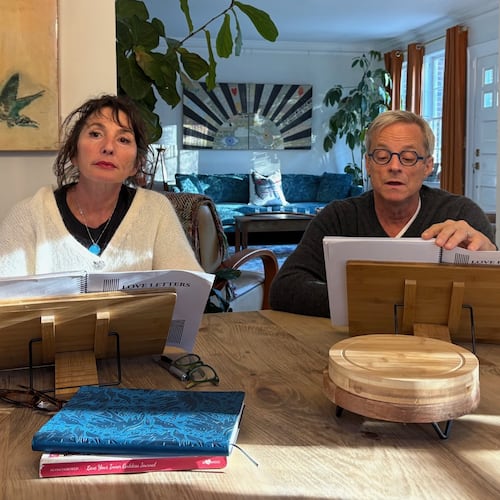In 2007, the U.S. Senate designated Jan. 11 as National Human Trafficking Awareness Day. Since then, awareness and advocacy campaigns have expanded to the entire month of January throughout the country, as both secular and religious organizations expose the horrors of modern-day human trafficking and slavery in America and beyond.
It is hard to wrap our minds around slavery as a modern-day issue, especially in the world’s most prosperous country. According to the Global Slavery Index, an estimated 403,000 people lived in conditions of modern slavery in the United States in 2016.
As alarming as the potential number of victims in the United States may seem, the numbers pale compared to the regions where the issue is most prevalent. In countries in the African and Asian continents, sex slavery and labor exploitation take various forms and are often initiated by the victims’ own families.
According to a report from the International Labor Organization (ILO) and Walk Free Foundation published in 2017, an estimated 24.9 million people were victims of modern-day slavery in the world at that time. More recent reports indicate that the victim pool has increased to approximately 40 million people.
A more recent infographic released by the same foundation exposes the gender discrepancy surrounding the issue: 98% of all victims of human trafficking and slavery in the world are women and girls. According to this report, 1 in 130 women and girls live in modern-day slavery in the world. They constitute 99% of forced sexual exploitation victims, 84% of all forced marriages and 58% of all forced labor victims.
As a mother of girls, I cannot fathom that families would sell their precious young daughters to be sexually exploited in brothels or marry a man decades her senior. But this is the reality of a growing number of girls in impoverished countries — a fact that has become even more prevalent during the global pandemic.
According to Michele Rickett, award-winning author and president of She Is Safe, “Human trafficking is at an all-time high as people are more desperate for help. Families that would not otherwise sell their daughters are doing so in order to feed their other family members.”
Founded in 2002 and headquartered in Roswell, She Is Safe has been engaged in the fight against human slavery in seven countries in high-risk areas of the world — places that often treat the trade and exploitation of women and girls as an inevitable part of their culture.
These patriarch communities see a girl’s birth as a liability, a generational issue deeply ingrained in these societies. Naturally, these girls grow up with incredibly low self-esteem and a sense of helplessness, a paradigm that only exacerbates the problem.
Rather than focusing solely on rescuing the victims, the She Is Safe process focuses on life beyond slavery. The programs are implemented in a collaboration between the U.S. staff and local partners — women, churches and non-profits.
One of their initiatives is called “Transformation Groups.” The program offers women and girls opportunities to join in groups of 10-20 that meet weekly to learn, save and lend. They learn income-generating and small business success skills. They also create a saving and lending pool within the group and become officers of the lending group, helping women not fall prey to money lender’s usury — an issue that has become even greater due to the dire economic conditions in these communities during the pandemic.
Rickett talks about the program during the pandemic with contagious enthusiasm and zeal: “By the grace of God, we have been able to pivot and provide food, and encourage women in our groups to make soap, masks, disinfectant, food … to become essential service providers! The increase of a sense of self-worth has been remarkable.”
As I finished my interview for this column, I could not help but wonder what life would be like if I had been born under different circumstances.
I flipped through the images in front of me, stopping to look at a close-up picture of a beautiful young woman in India. Her bright, multi-colored sari is a stark contrast to the pain in her eyes. She is a slave, a sex worker in a brothel. But because her image was captured by a volunteer investing her time and resources to fly across the globe and bring awareness to her story, she can now have hope. And because thousands of men and women in America invest in organizations like She Is Safe, thousands of women and girls can now smile again.
Hopelessness is slavery to the soul. May the awareness of the blessings of freedom catapult us into investing, praying and helping modern-day slaves be set free.
To learn more about She Is Safe and how you can help, visit sheissafe.org.
Patricia Holbrook is a columnist, author, blogger and international speaker. Visit her website www.soaringwithHim.com to learn about her speaking ministry, Bible studies and book. For speaking engagements and comments, email pholbrook@soaringwithHim.com.
About the Author
Keep Reading
The Latest
Featured



